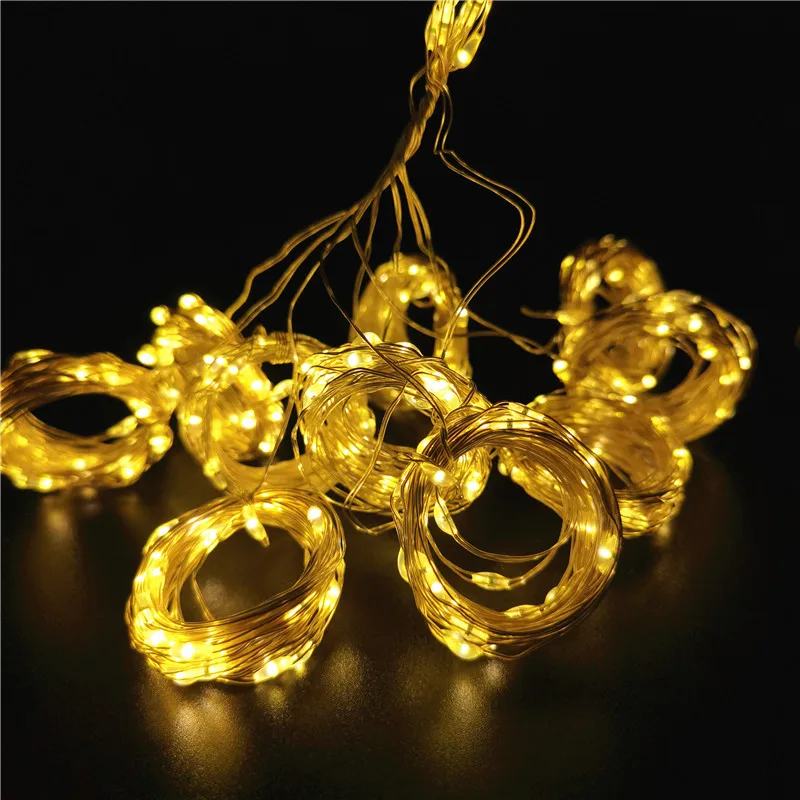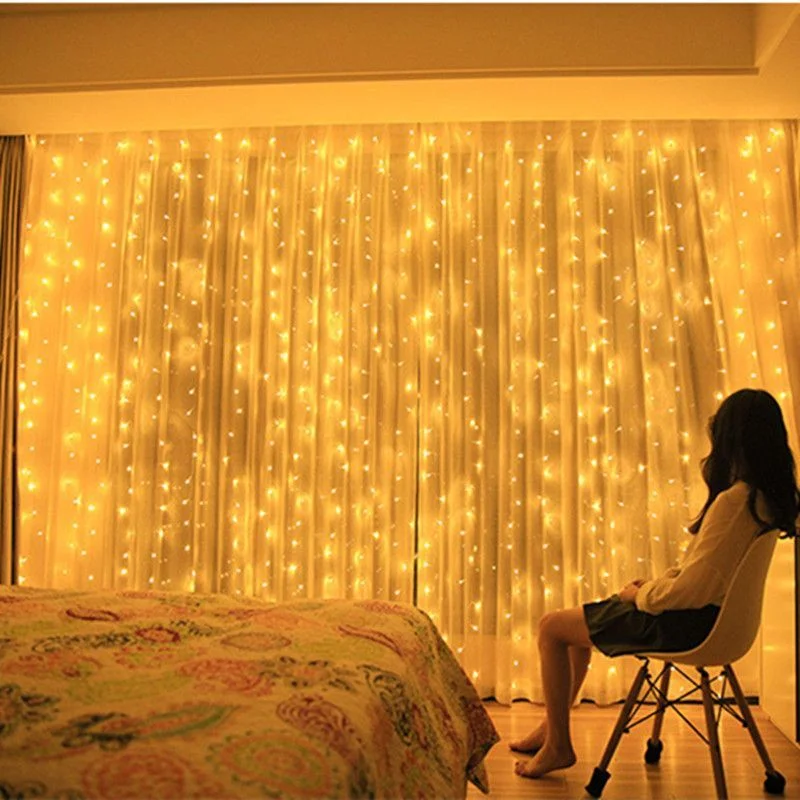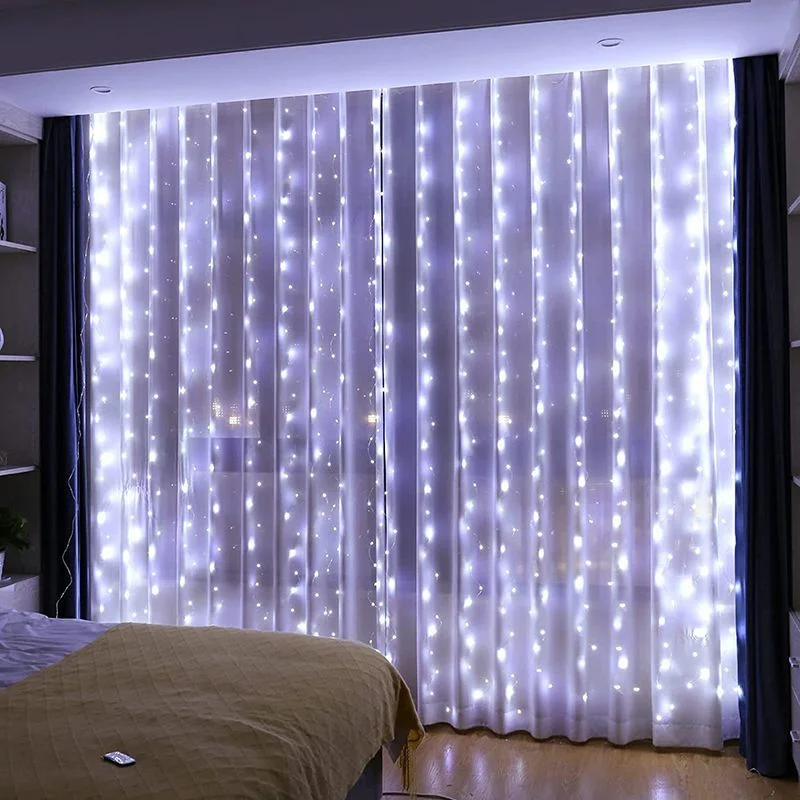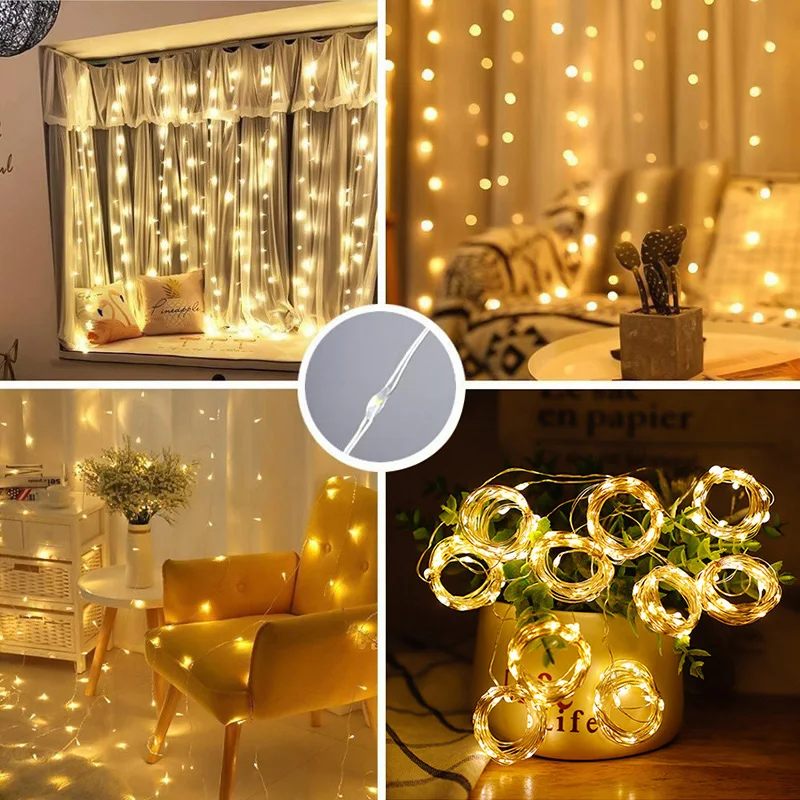Can You Cut LED String Lights? Safety, Techniques, and Creative Lighting Ideas
LED string light have become a versatile and popular lighting option for both indoor and outdoor spaces due to their energy efficiency, durability, and aesthetic appeal. One common question that arises is whether you can cut LED string lights to customize their length. This article explores the safety aspects of cutting LED string lights, techniques to do so effectively, and provides creative lighting ideas along with budget-friendly solutions.
Understanding LED String Lights: Composition and Safety Considerations
LED string lights consist of small light-emitting diodes (LEDs) connected along a flexible wire or circuit board. They are powered by low voltage DC current, typically 12V or 24V, which reduces the risk of electric shock compared to traditional high-voltage lighting. Despite their low voltage, it’s essential to handle them with care, ensuring that any modifications, such as cutting or splicing, are done correctly to maintain safety and functionality.

Can You Cut LED String Lights? Safety Guidelines and Precautions
Yes, you can cut LED string lights, but it’s crucial to follow specific safety guidelines. Firstly, ensure the lights are unplugged from any power source before attempting to cut them. Use sharp scissors or wire cutters designed for electronics to make clean cuts through the wires between the LEDs. Avoid cutting through the LEDs themselves, as this can damage them and affect the entire string’s performance. Additionally, consider waterproofing connections if you plan to use the lights outdoors or in damp environments to prevent electrical hazards.
Techniques for Cutting LED String Lights and Reconnecting
To customize the length of LED string lights, measure the desired area where you want to install them and cut the string accordingly at designated cut points, usually marked at intervals along the wire. After cutting, you may need to strip back the insulation carefully to expose the copper wires inside. Use connectors specifically designed for LED strips to reattach or extend the cut ends securely. This ensures a reliable electrical connection and maintains the lights’ functionality without compromising safety.

Creative Lighting Ideas Using Cut LED String Lights
Cutting LED string lights opens up a world of creative possibilities for illuminating various spaces. Here are some inspiring ideas:
Accent Lighting for Home Decor: Use cut LED string lights to highlight architectural features, shelves, or artwork. Arrange them inside glass jars or bottles for a whimsical touch.
Outdoor Ambiance: Create cozy outdoor spaces by wrapping cut LED string lights around pergolas, fences, or trees. They can add warmth and charm to garden parties or evening gatherings.
DIY Light Fixtures: Craft unique light fixtures by shaping cut LED string lights into geometric patterns or spirals. Hang them vertically or drape them horizontally for a customized lighting fixture.
Under Cabinet Lighting: Install cut LED string lights under kitchen cabinets or shelves to provide functional task lighting. They can enhance visibility while cooking or working in the kitchen.
Bedside Lighting: Weave cut LED string lights into a headboard or bed frame to create a soft, ambient glow for reading or relaxing before bedtime.
Budget-Friendly Ideas for Using LED String Lights
LED string lights are not only versatile but also cost-effective. Here are some budget-friendly ways to incorporate them into your decor:
Mason Jar Lanterns: Place cut LED string lights inside mason jars or glass containers to create DIY lanterns for indoor or outdoor use. They add a charming glow without breaking the bank.
Mirror Borders: Outline mirrors with cut LED string lights to add a decorative border that enhances the mirror’s reflection and brightens the room.
Window Accents: Attach cut LED string lights around window frames or curtains to create a cozy, inviting atmosphere in living rooms or bedrooms.
Holiday Decorations: Use cut LED string lights for holiday decorations year-round. They can adorn Christmas trees, wreaths, or be shaped into festive shapes for any celebration.
Safety Considerations When Cutting LED String Lights
Before you embark on customizing your LED string lights, it’s essential to prioritize safety. Here are some key safety considerations to keep in mind:
Power Off: Always ensure that the LED string lights are completely disconnected from any power source before attempting to cut or manipulate them. This prevents the risk of electric shock or damage to the lights.
Cutting Tools: Use sharp scissors or wire cutters that are specifically designed for cutting electronic wires. This helps in making clean cuts without damaging the delicate components inside the LED string lights.
Location of Cuts: LED string lights typically have designated cut points marked along the length of the wire. These points are where you should cut the lights to ensure proper functionality after customization. Avoid cutting through the LEDs themselves, as this can impair their performance.
Waterproofing: If you intend to use the LED string lights outdoors or in damp locations, ensure that all connections are properly waterproofed. This protects against moisture ingress, which can lead to electrical hazards or premature failure of the lights.
Insulation Stripping: When reconnecting or extending the cut ends of LED string lights, carefully strip back the insulation to expose the copper wires inside. Take care not to damage the wires during this process, as it can affect the conductivity of the connections.
Techniques for Cutting and Reconnecting LED String Lights
Once you’ve ensured safety, you can proceed with cutting and reconnecting LED string lights using the following techniques:
Measure and Mark: Begin by measuring the area where you intend to install the LED string lights. Use a marker or tape to indicate where you will make the cuts, ensuring they align with the designated cut points on the string lights.
Cutting the Lights: Use sharp scissors or wire cutters to cut the LED string lights at the marked points. Make sure to cut cleanly through the wire between the LEDs, avoiding any damage to the LEDs themselves.
Stripping Insulation: After cutting, carefully strip back the insulation from the cut ends of the wires to expose the copper conductors inside. Take care not to cut or damage the copper wires during this process.
Connecting Extensions: If you need to extend the length of the LED string light can secure the cut ends of the wires. Ensure a secure connection to maintain proper electrical conductivity.
Creative Lighting Ideas Using Customized LED String Lights
Customizing LED string lights opens up a myriad of creative possibilities for illuminating various spaces. Here are some inspiring ideas to get you started:
Bedroom Accent: Create a romantic or cozy ambiance in the bedroom by wrapping customized LED string lights around bedposts or headboards. Choose warm white LEDs for a soft glow that enhances relaxation.
Outdoor Entertaining: Illuminate outdoor gatherings or parties by draping customized LED string lights across pergolas, fences, or trees. This creates a festive atmosphere and extends outdoor living spaces into the evening.
DIY Light Fixtures: Craft unique light fixtures using customized LED string lights. Shape them into spirals, geometric patterns, or letters to create personalized lighting installations for living rooms or dining areas.
Holiday Decor: Use customized LED string lights to decorate for holidays throughout the year. Wrap them around wreaths, mantels, or stair banisters to add a festive touch to your home.
Conclusion: Enhancing Spaces with Versatile LED String Lights
In conclusion, LED string lights offer endless possibilities for enhancing spaces with their flexibility, safety, and aesthetic appeal. By understanding how to safely cut and customize LED string lights, exploring creative lighting ideas becomes accessible and exciting. Whether for indoor decor, outdoor ambiance, or functional lighting solutions, incorporating LED string lights into your home decor not only adds visual interest but also contributes to energy efficiency and cost savings over time.

